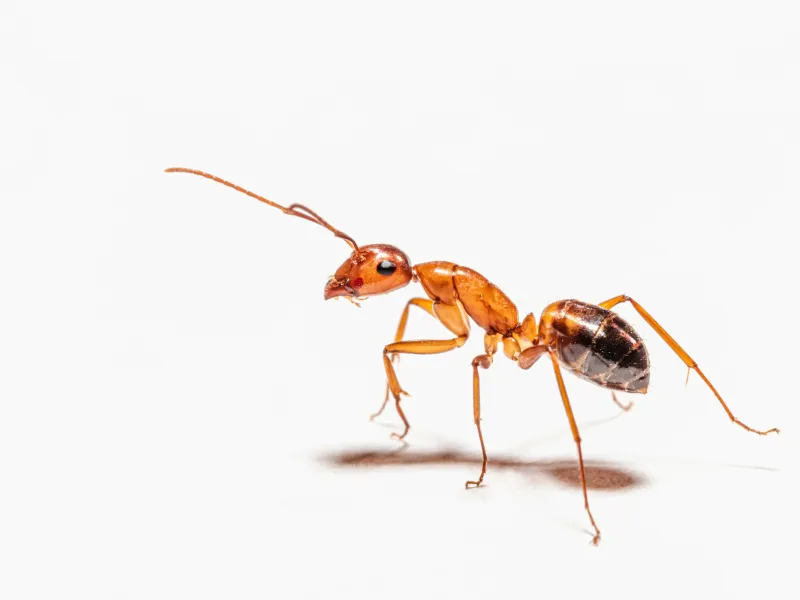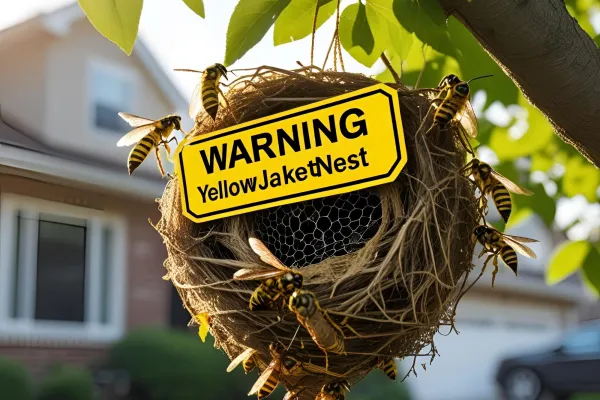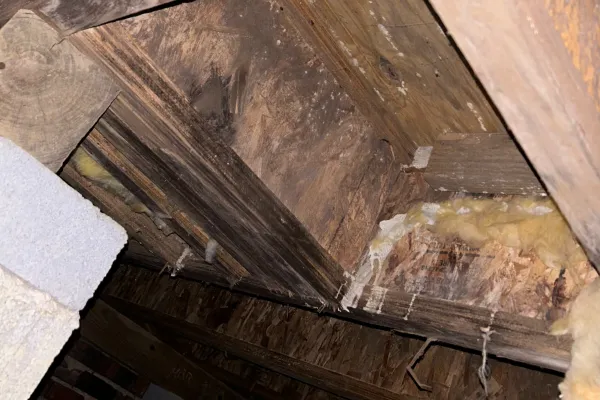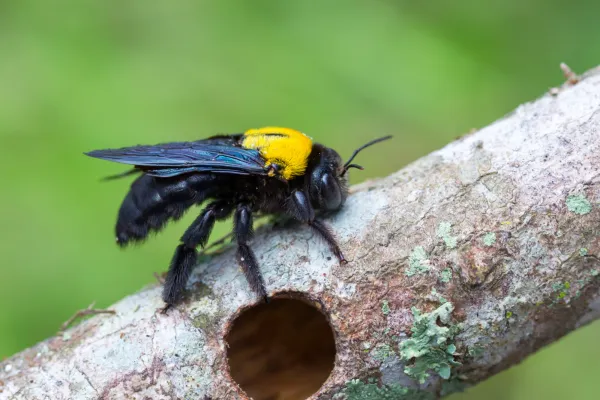Types Of Ants

While ants play vital roles in ecosystems, certain types can become unwelcome guests in our homes and properties. Some of the most prevalent ant species in the region are the pavement, carpenter, common, fire, and odorous house ants. Let's delve into each species, their behaviors, and why you'd prefer they stay out of your living spaces.
Pavement Ant:
Pavement ants (Tetramorium caespitum) are small, dark ants commonly found throughout the Carolinas in urban and suburban areas. They typically nest under sidewalks, driveways, and foundations, hence their name. In homes, they often invade through cracks in concrete or foundation gaps. Once inside, they forage for food scraps, particularly sweets and greasy items. While pavement ants aren't known to cause structural damage, their presence can be a nuisance, especially when they establish colonies inside your home.
Carpenter Ant:
Carpenter ants (Camponotus spp.) are among the largest ant species found in the Carolinas. Unlike pavement and common ants, carpenter ants can cause significant structural damage to homes and buildings. These ants excavate wood to create nesting galleries, often targeting moist or decaying wood. In the Carolinas, carpenter ants commonly infest wooden structures, including decks, porches, and even the structural timbers of homes. Detecting carpenter ant activity early is crucial to prevent costly damage to your property.
Common Ant:
The common ant, or Argentine ant (Linepithema humile), is properly named for its widespread distribution and prevalence in urban and natural environments. These ants are notorious for forming massive supercolonies with interconnected nests spanning large areas. Common ants typically enter homes searching for food and water, trailing along walls, floors, and pipes. While they don't pose direct health risks, their sheer numbers and persistent presence can be unsettling and unsanitary.
Fire Ant:
Fire ants (Solenopsis spp.) are notorious for their aggressive behavior and painful stings. They often build large, dome-shaped mounds in open areas such as lawns, parks, and fields. These mounds can vary in size but are often several inches tall and wide. Inside is a network of tunnels and chambers where the ants live and raise their brood. Unlike many other ant species, fire ants can sting repeatedly, and their stings contain venom that can cause a burning sensation and potentially allergic reactions in some individuals.
Odorous House Ant:
The odorous house ant (Tapinoma sessile) is another common species in the Carolinas. When crushed, these ants emit a foul odor resembling the scent of rotten coconut. They typically nest in moist or decaying wood, as well as in wall voids and around plumbing fixtures. While odorous house ants are not known for causing structural damage, they can be a nuisance when they invade homes searching for food.
Why You Don't Want Ants In Your Home Or Around Your Property:
While each ant species has its own unique behaviors and impacts, there are several reasons why you'd want to keep them out of your living spaces. Firstly, ants can contaminate food sources and spread bacteria, posing health risks to inhabitants. Secondly, their presence can be unsightly and unsettling, especially when they form trails or swarm in large numbers. Additionally, carpenter ants, in particular, can compromise the structural integrity of buildings, leading to costly repairs.
As residents of the Carolinas, understanding the behavior and potential risks associated with common ant species is essential for effective pest management. By taking proactive measures to prevent ant infestations and addressing issues promptly, homeowners can enjoy peace of mind and maintain a comfortable living environment throughout the year.


